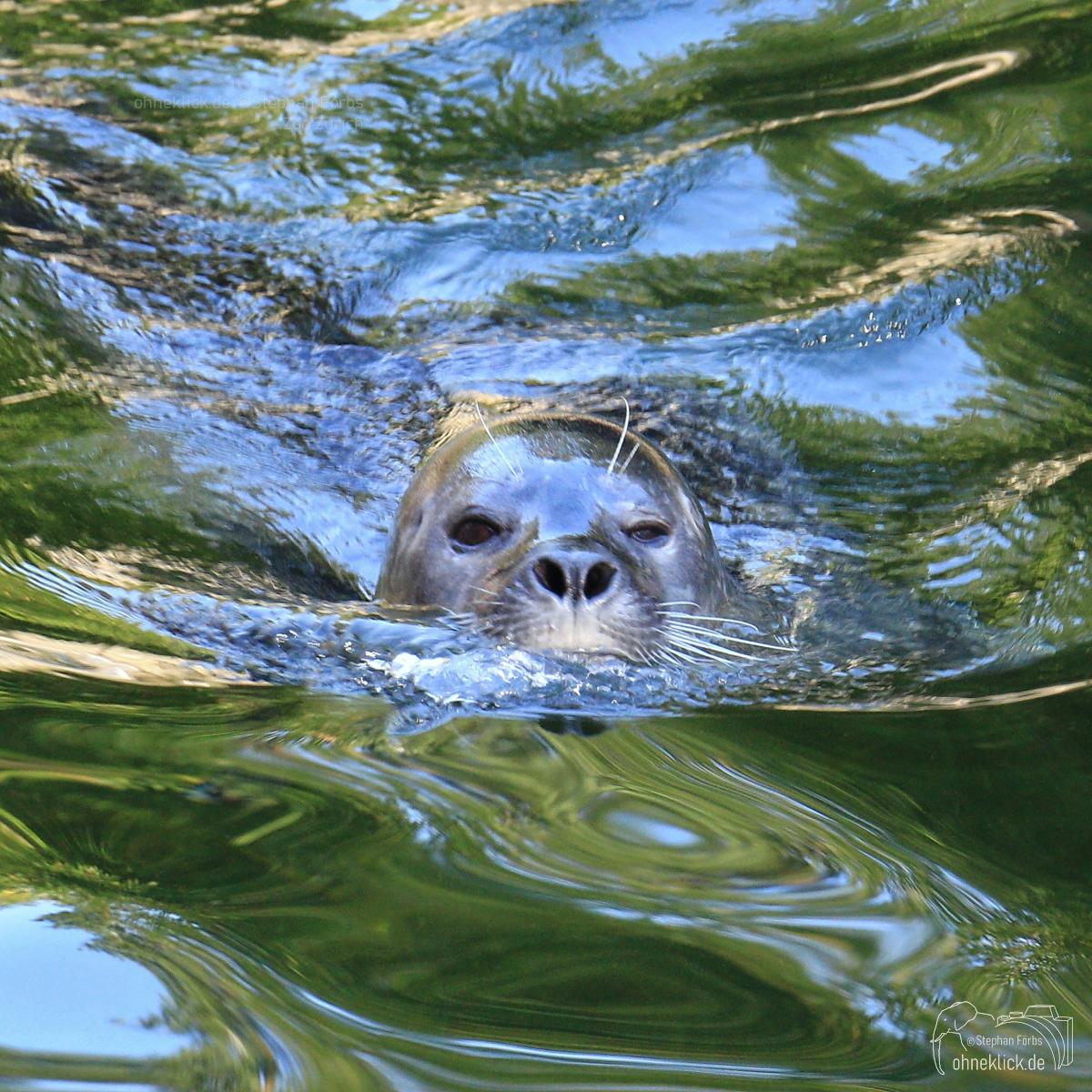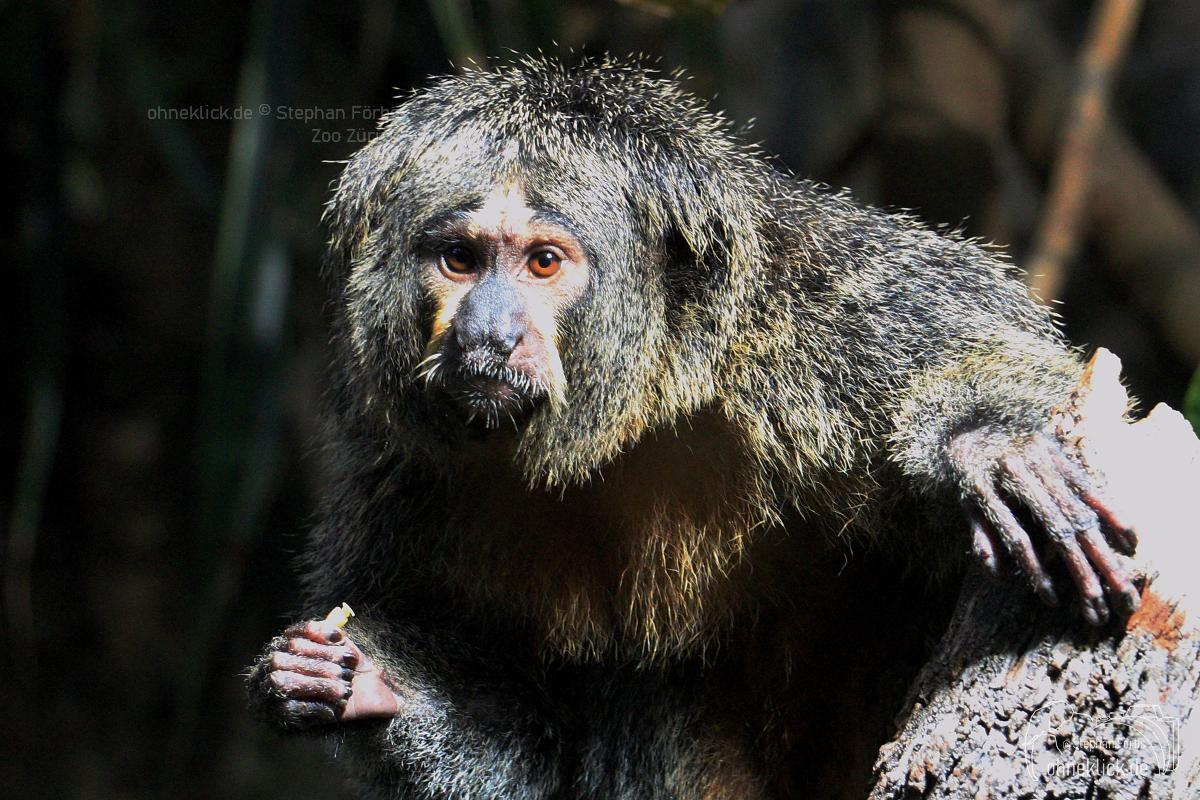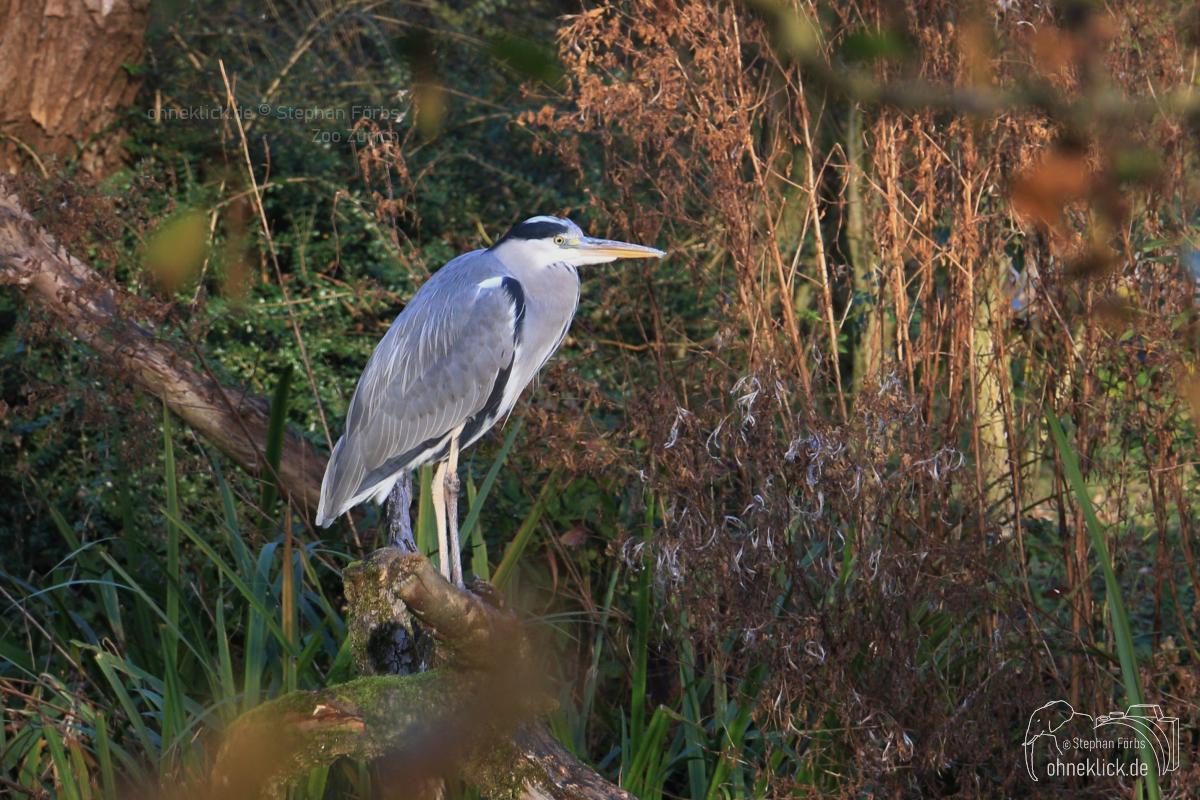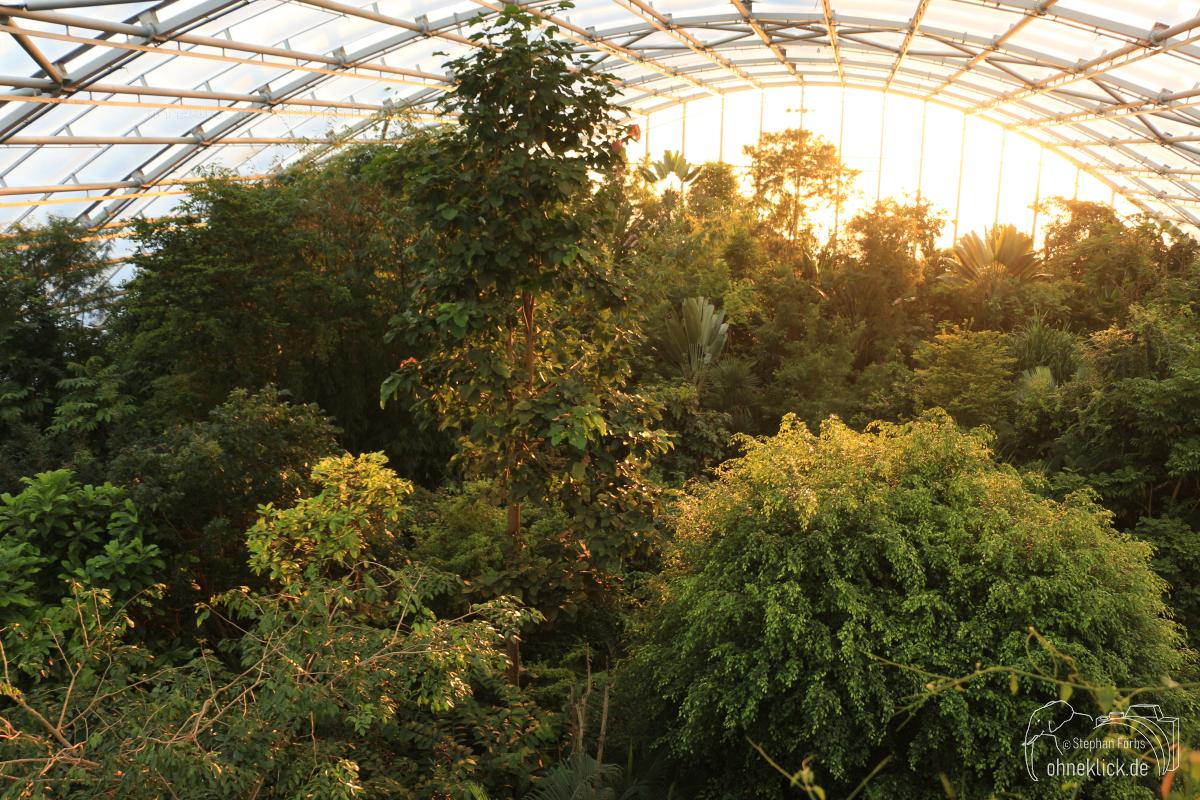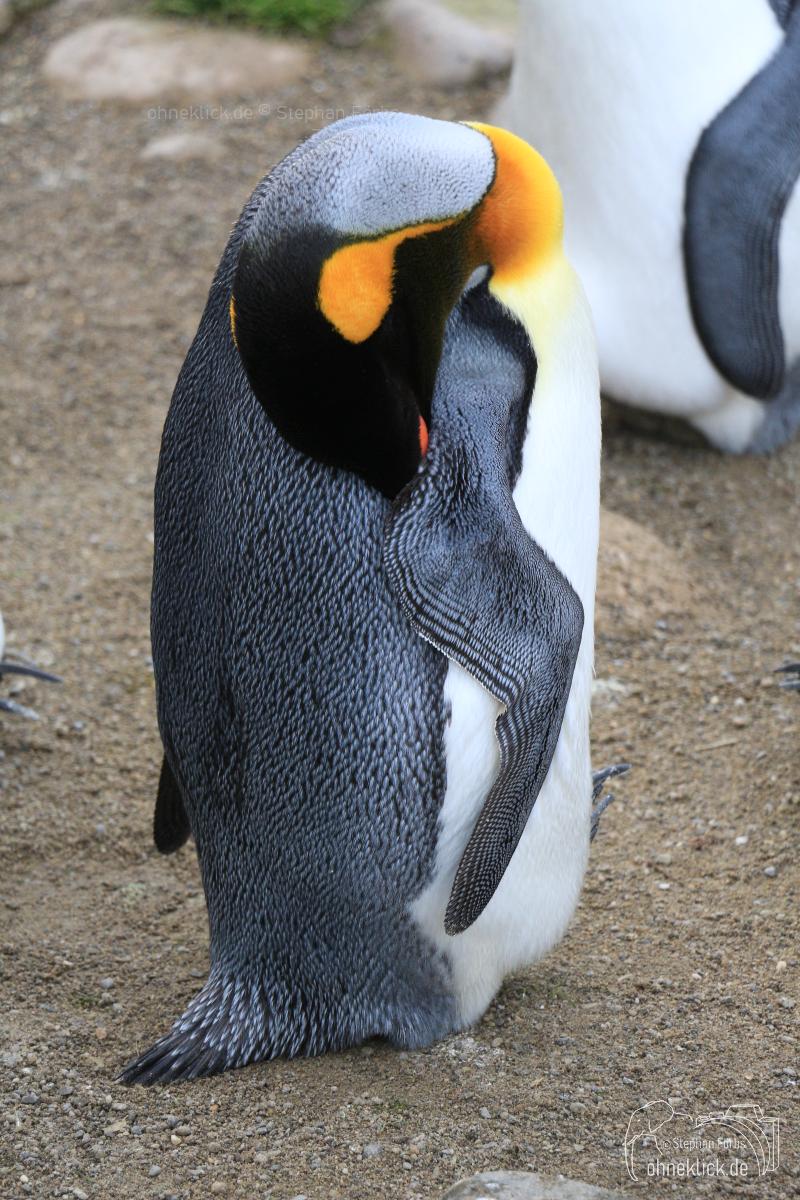In Zoos, Tierparks oder große See-Aquarien (z. B. Kelly Tartlon’s Aquarium in Auckland, Neuseeland) gehe ich entweder im Rahmen einer normalen Urlaubsreise oder, z. B. im Fall vom Zoo Augsburg oder Zoo Zürich, wenn es sich um einen besonders nahen oder schönen Zoo handelt. Die meisten Zoos, die ich kenne, haben sich in den letzten Jahrzehnten von „Masse statt Klasse“ zu „Lebensraum-Ausstellungen“ gewandelt. Besonders beeindruckend ist hierbei für mich der Zoo Zürich, der mit dem Masoala-Haus (Madagaskar) und z. B. der neuen (afrikanische) Savannenlandschaft ganze Ökosysteme zeigt. Weitere Zoos, die ich besucht habe sind der Tiergarten in Nürnberg, die Wilhelma in Stuttgart, der Serengeti-Park Hodenhagen und der Weltvogelpark Walsrode.
Auch im Zoo / Tierpark ist Fotografieren nicht immer einfach. Zum einen sind Zäune/Gitter vorhanden, um die Tiere und die Besucher zu schützen. Hier kann man sich dadurch helfen, dass man, soweit es die Gegebenheiten vor Ort zulassen, mit dem Objektiv ganz nah ans Gitter geht. Das geht aber meist nur, wenn das Gitter grobmaschig ist, ansonsten entstehen unschöne Moire-Muster. Zum anderen ist oft nicht der Platz um ein großes Stativ oder ähnliches aufzubauen, weil zu viele Besucher da sind. Da hilft nur ein guter Bildstabilisator – sowohl in Kamera als auch im Objektiv! – ein Teleobjektiv oder ein Einbeinstativ.
Usually I visit zoos and large sea-aquariums while on a holiday or, e. g. in Augsburg and Zurich, if it is a very close or special zoo. Most zoos that I know have changed from „quantiy and not quality“ to „biotope-exhibitions“. Most impressive is Zurich zoo, showing Madagaskar in a huge Masoala-Greenhouse and the new African Savanna. Further zoos I visited are Tiergarten Nurenberg, Serengeti-Park Hodenhagen and World Bird Park Walsrode.
Even in the zoo / animal park photography is not always easy. On the one hand, there are fences/grids to both protect the animals and the visitors. Here you can help yourself by getting very close to the fence with the lens, as far as the conditions on site allow. However, this is usually only possible if the grid is coarse-meshed, otherwise moire patterns will be seen on the photo. On the other hand often there is simply not enough space to set up a large tripod, because there are too many visitors. The only thing that helps is a good image stabilizer – both in the camera and in the lens! – a tele-lens or a monopod.
